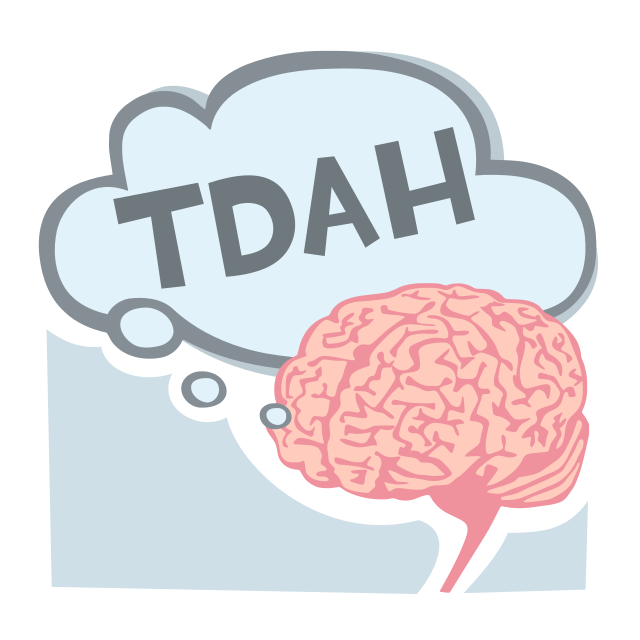In this post, we are going to discuss some educational interventions for ADHD and other neurodivergent disorders like ASD, dyslexia, etc. Any teacher who has been in the field for 10 or more years can tell you that such conditions are on the rise. A curative Education colleague of mine remarked to me the other day, “Who’s not on the spectrum these days?” The trend is concerning. Waldorf teachers like myself and others have been saying for years that in the future, we will need to train all teachers curatively and not just pedagogically.
It is interesting to note that coincident with the rise in neurodivergence is a rise in digestive disorders. Children with ASD, for example, are more likely than typical children to experience digestive symptoms. This is common across the board, in fact. I have seen many children with one or another cognitive or behavioral challenge who also have digestive challenges.
So, what’s going on, here? From a Waldorf teacher’s perspective, all of these things come down to a simple picture: incomplete or otherwise disturbed incarnation. That is why the executive brain function remains underdeveloped in such individuals and also why the digestion is commonly disturbed. When we therefore speak of educational interventions for ADHD and other neurodivergent disorders, we should keep this picture in mind. Then, we should ask ourselves and others how to remedy it.
Why should we care about educational interventions for ADHD and other neurodivergent disorders?
There’s nothing with being neurodivergent, is there? Of course not. At the same time, I don’t know a single parent who says, “I wish for a neurodivergent child.” Rather, if we can find remedies, such parents would gratefully welcome them. That is because neurodivergence brings pain of one sort or another. (They may also be gifts, and part of humanity’s struggle is to take lemons and turn them into lemonade. However, let that be for another post). Suffice it to say, imagine you have an aircraft whose purpose is to fly. Wouldn’t you want all its systems to function at tip top shape? The same is true of human beings.
The sheer number of disoriented youth is staggering. This chart shows that about 20% of children aged 3-17 are currently diagnosed with some sort of developmental disability. Some of you may say, “Well, that’s actually just because more people are being diagnosed these days.” To which I would say, “If you think that, you’ve never spent time in a classroom.” It’s a stupid, uninformed conclusion from people in denial of the facts.
The truth is, today’s youth are desperately in need of educational interventions for ADHD and other neurodivergent disorders. Indeed, I would extend this need to all of humanity.
Educational Interventions for ADHD and Other Neurodivergent Disorders
So, what can we do? Well, as I said above, a disharmonious, disturbed, or otherwise incomplete incarnation is at the root of neurodivergence. It is also at the root of digestive conditions. The two are connected. Since I’m not a doctor, I would recommend going to a homeopath, anthroposophical, or other alternative-type physician for the latter. (Don’t go to an allopath unless they are open-minded and have personal experience with dietary healing. Otherwise, they are the most overpaid, useless lot with alleviating such chronic issues.)
For my part, I can help you with the educational aspect of healing. The thing we need to understand is that the “I” of a person works through the executive part of the brain. Thus, whatever stimulates that brings the person more into themselves. This allows them to control things like emotional and behavioral outbursts, scattered disorganization, and the general lack of ability to achieve their dreams.
Here’s what I would therefore recommend:
- Lots of movement of all kinds – jungle gyms, balance beams, bike riding, games, games, dancing, etc.
- Form drawing
- Art and music of all kinds
- Writing in cursive – don’t you dare leave this one out. If you want to improve your child’s brain, teach them to write in cursive. Nothing builds their brain more than this.
- Closely related to cursive is calligraphy. We teach this starting in our 6th grade curriculum.
- Brain Gym of all kinds.
- Juggling
- Writing with the feet. (Tape a large piece of paper down and have them write letters and numbers with a crayon stuck between their toes).
The outcomes we want
Whenever undertaking an endeavor of any kind, we should start with the end and work backwards in our thinking to orient ourselves in the present. There is a lot of suffering in society right now, but it doesn’t have to be like that. I have often asked myself why so many children are coming in with challenges these days. My answer is because they are getting us to wake up and pay attention to the human being. Nature, or you could even say the over soul of all humanity, once us to learn on a deeper level what a human human being is. To stimulate that awakening, this over soul is incarnating as unsettled children.
However, victory is not only possible, it is our destiny. Finding the way is our task, and we who care deeply enough will find that way. We just have to start with the right understanding of the human being. From that depth, our pedagogical instinct will lead us to finding the right educational interventions for ADHD and other neurodivergent disorders.
How we can help you
Enkindle Academy offers prerecorded and live lessons for students in grades 5-9. We teach all academic subjects plus fine arts, creative writing, and empowerment groups for teens. We also offer 1-on-1 tutoring on all subjects including fine arts. Visit our website for more info and for free sample lessons, and remember to subscribe for weekly updates, tips for homeschooling, and special offers.


Leave a Reply
You must be logged in to post a comment.